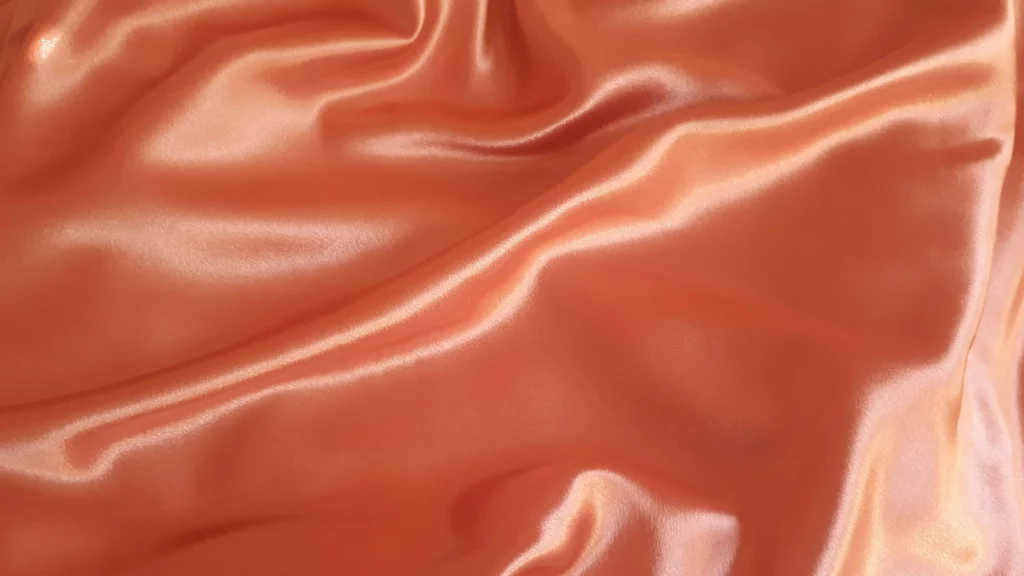If you were around during the 90s, you probably remember a big switch to faux fur during the decade. But then, after some quite deserved backlash, even some of the largest designer houses started phasing out their fur products in favor of cruelty-free replacements.
Now that we’ve tackled fur and leather, attention has moved to silk. As much as we love the material, the fact that we have to boil mulberry cocoons and the pupa inside to create it often leaves a bad taste in people’s mouths.
So does that mean we’re stuck with rough, matte fabrics? Let’s find out and see precisely what vegan silk alternatives are out there.
Vegan Silk Alternatives
There are several vegan silk alternatives, so below, we break them down into three categories: rayon, natural plant silks, and synthetic silks.
Category 1: Rayon
Out of all the vegan silk replacements, the most common one you’re going to run into is rayon.
A hybrid of natural and synthetic fibers, rayon is made by chemically dissolving cellulose fibers from plants, shaping the liquid into filaments, and hardening them into a solid shape.
There are many different brands of rayon, each standing for its own manufacturing process. We’ll get into the pros and cons of each below, but the dissolution, extrusion, and coagulation of cellulose are necessary for manufacturing across the board.

Viscose
To kick off the rayon category, we need to start with the grandfather of everything else on the list: viscose.
Viscose is so old that it’s practically a synonym for rayon as a category, so let’s meet this ancestor of Tencel.
What It Is
Viscose is one of the most common types of rayon made of almost any plant material, usually some sort of wood.
How It’s Made
Viscose is made by treating cellulose with carbon disulfide and dissolving it in lye before extruding it through a spinneret and then hardening the filament in a diluted acid bath (usually sulfuric).
The Pros
One of the oldest forms of rayon is still biodegradable and technically plant-based. Also, certain materials needed for the manufacturing process can be recaptured and used again.
The Cons
Realistically speaking, your viscose product probably wasn’t made in a closed-loop process. That not only means a lot of waste but might also mean improper disposal of chemicals that can be corrosive. They can also be neurotoxic, particularly when it comes to carbon disulfide.
Viscose brands also usually don’t specify exactly where they’re getting their cellulose from. So, there’s no way to tell whether they’re using a renewable plant or something from an endangered forest.
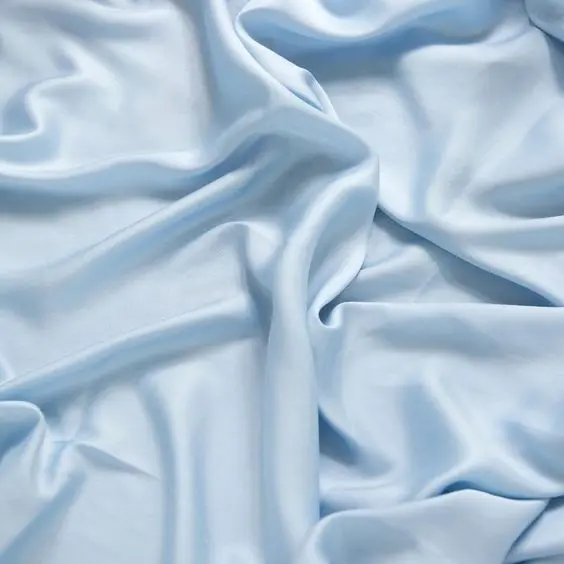
Lyocell
Whether it’s been called Tencel, SeaCell, or Excel, you’ve probably heard of this heavy hitter before. So let’s look at Eileen Fisher’s favorite.
What It Is
Lyocell is a type of rayon usually made from oak, birch, or eucalyptus cellulose.
How It’s Made
Unlike other processes that require turning cellulose into something soluble before doing anything else, the lyocell process can dissolve cellulose directly using N-Methylmorpholine N-oxide (NMNO).
After this, the mixture is pushed through a spinneret and separated into filaments.
These filaments are then put into another more dilated solution of amine oxide to set. The finished fibers are then washed, dried, and possibly finished with lubricant depending on the fabric’s intended use.
The Pros
Lyocell comes from a natural material, and the final fabric is biodegradable. It is chemically processed, but the chemicals used are much less toxic than those used in other rayon forms.
The Cons
Though NMNO isn’t as high on the toxicity scale as other manufacturing chemicals, and the solvent is reusable, you have to get rid of it at some point. Unfortunately, depending on where the material is made, these disposal methods can be less than ideal.
Beech trees and eucalyptus plants are renewable and require small amounts of irrigation relative to other plants, but oak trees grow much more slowly. If you don’t know precisely where your cellulose is coming from, it can be hard to discern whether or not you’re getting a renewable product.
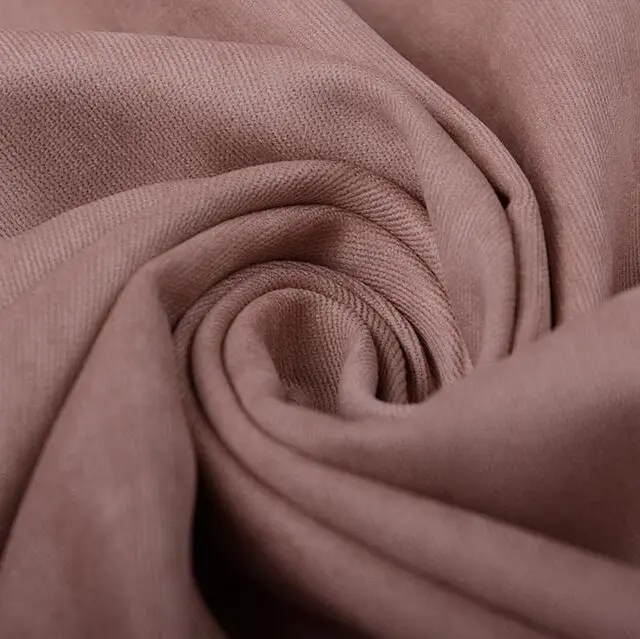
Cupro
We’ve covered this particular fabric in detail in our Cupro guide, but a vegan silk encyclopedia wouldn’t be complete without it, so we’re going to give you the long and short of it here.
What It Is
Cupro is a type of rayon derived from cotton waste put through the cuprammonium process.
How It’s Made
Manufacturers use cotton linter that is too short to be spun, turning it into a soluble compound mixed with ammonia and copper.
Afterward, the compound is dissolved in sulfuric acid or lye, extruded by a spinnerette, and put in a hardening bath to coagulate into solid fibers.
The Pros
Cupro is biodegradable and diverts potential cotton waste. As you might have read in our guide to cupro, the manufacturer also makes a point to reuse solvents and invests in renewable energy.
The Cons
Ammonia, lye, and sulfuric acid are all extremely corrosive and can cause damage when coming into contact with skin, eyes, and lungs. It is nice that the manufacturer tries to reuse the solvent whenever possible, but when you finally get rid of it, it can be challenging to do so safely.
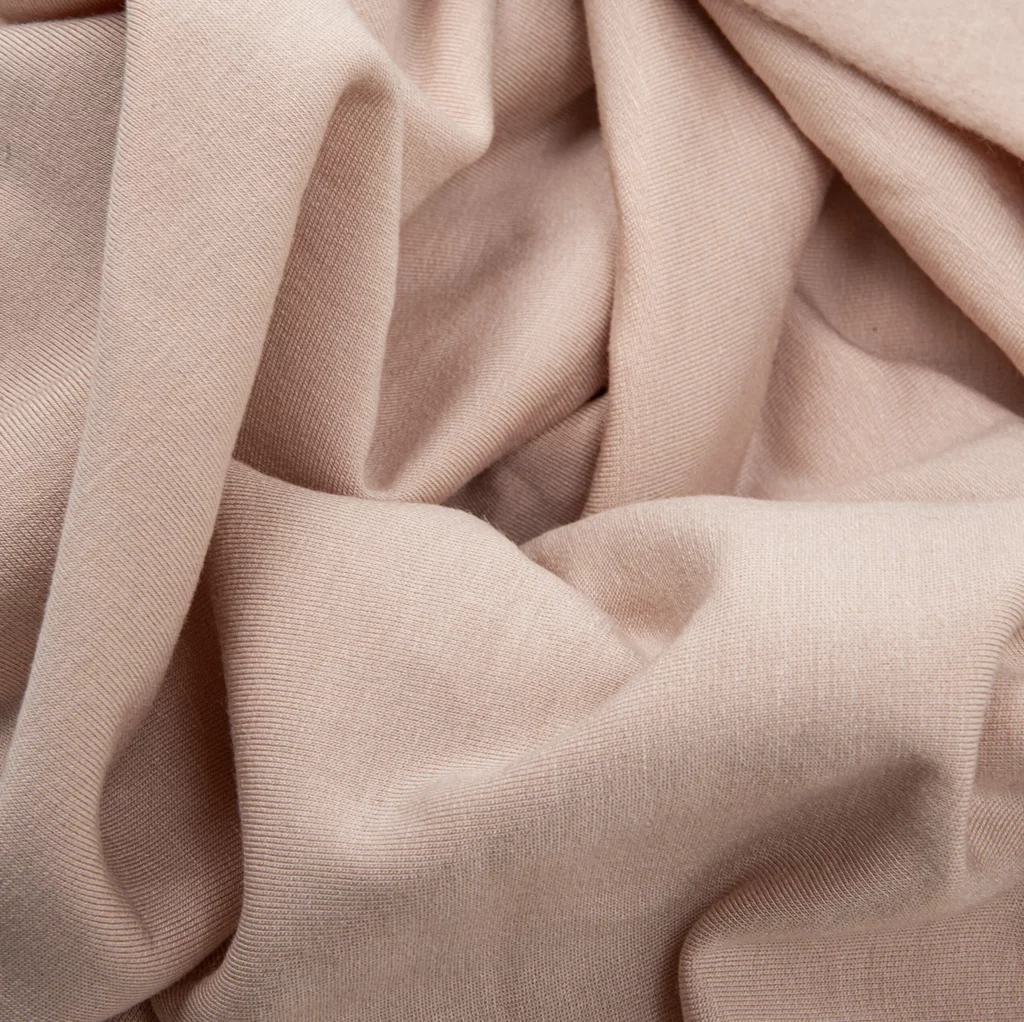
Modal
After lyocell, the next “green” marketed rayon product you will see is lyocell’s cousin, modal. So, let’s see what makes this family of fabrics so great.
What It Is
Modal is a type of rayon made from cellulose derived from beech trees. It’s highly similar to lyocell, with a slightly different process and a more specific plant derivative.
How It’s Made
You’re probably pretty familiar with this process by now, so we’ll keep this one short. However, it’s still crucial that you know what chemicals go into what you’re wearing.
Unlike lyocell, cellulose cannot be dissolved directly in the modal process. Instead, it must be treated with carbon disulfide before being dissolved in lye and extruded into a diluted acidic bath to be solidified into usable fibers.
The Pros
You know you’re getting cellulose from beech trees when you buy modal, which is excellent since beech trees are fast-growing and require little water.
The Cons
Yes, you know what kind of cellulose you’re getting, but you don’t get to eliminate a chemical step, unlike lyocell. As we’ve already discussed, lye and carbon disulfide are caustic and neurotoxic, respectively. Even if the majority of it is reusable, this solvent isn’t exactly earth-friendly.
Category 2: Natural Plant Silks
Now that we’ve gone over quite a vast array of semi-synthetic vegan silk options, let’s dive into the more natural stuff that doesn’t require so much chemical processing.
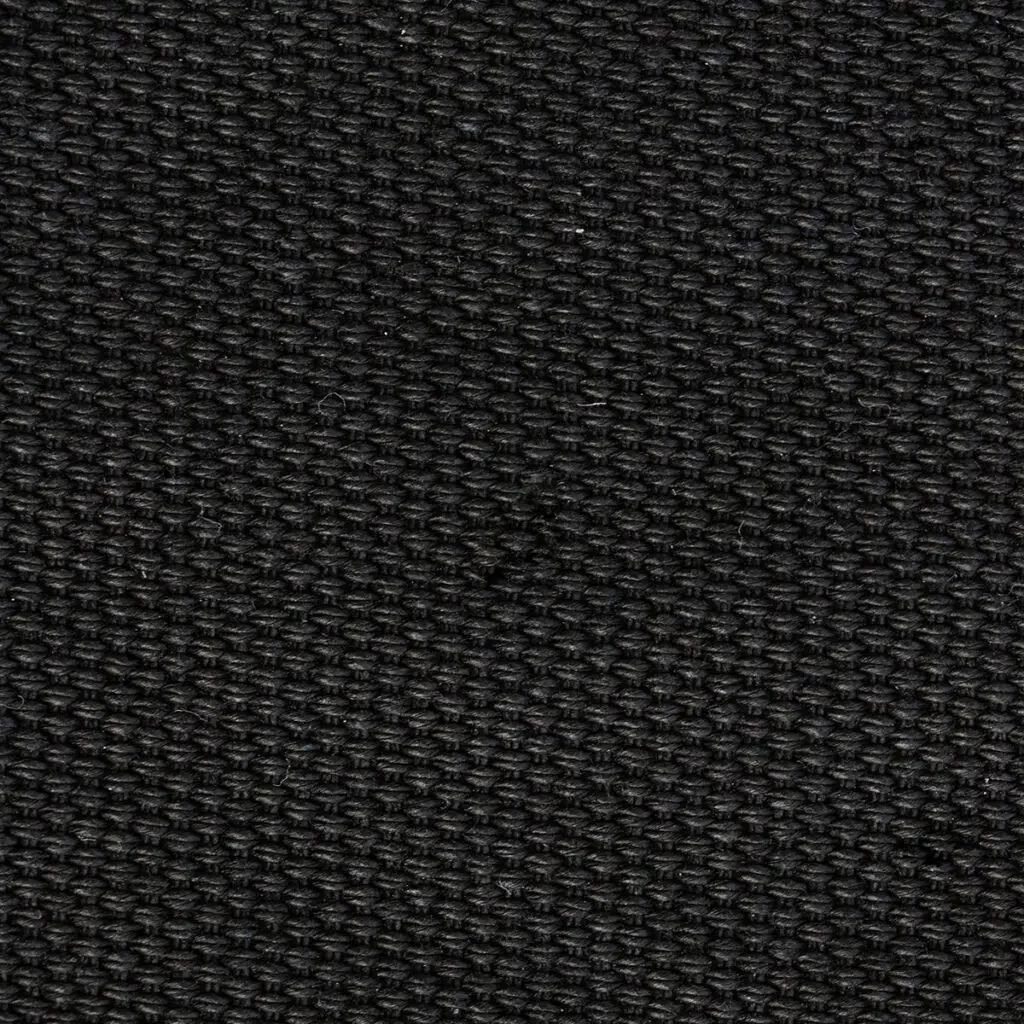
Banana Silk
When we’re looking for sustainable fibers, it’s incredible to find out that our ancestors had so many things figured out all along.
Banana silk has been around since at least the 13th century and has gotten its own resurgence in recent years. But let’s see if it’s sustainable enough to stand the test of time.
What It Is
Banana silk is a fabric made from the pseudostems and sheaths of banana plants.
How It’s Made
Provided you’re working with pure banana fiber rather than some sort of chemically treated banana rayon, all you have to do is separate the fibers from the rest of the plant, sort them, and spin them into yarn.
When making banana silk, fibers are separated from the rest of the plant stem or stalk by a machine or through a natural process called retting. Retting is where the stems and sheaths are left in water so the fibers can separate naturally.
The Pros
Like all fabrics in this section, banana silk doesn’t require heavy chemical processing. It’s also biodegradable and made of parts of the plant that would otherwise go to waste.
The Cons
The cultivation of bananas can be pretty pesticide-intensive. Therefore, we recommend looking for fabric made from organic bananas using fair trade labor.
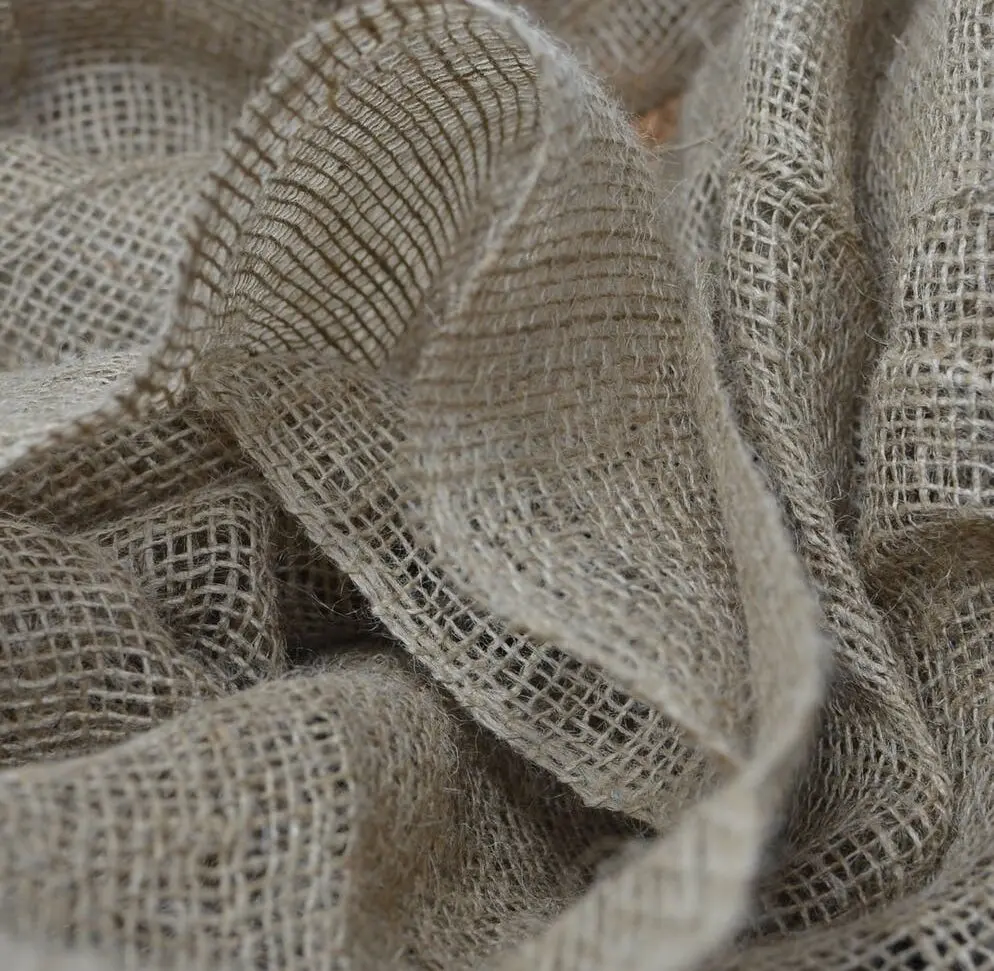
Pineapple Silk
Before piñatex, there was piña silk. It’s not quite as old or as popular today as banana silk, but it still has a long history and might just be perfect for modern wardrobes.
What It Is
A fabric made from pineapple leaf fibers.
How It’s Made
It’s not that complex of a process to go from pineapple to pineapple fiber to pineapple silk.
After harvesting the leaves, the makers then scrape them by hand to reveal the fibers, then wash and dry them before spinning and weaving.
The Pros
Pineapple silk is biodegradable, takes care of excess waste, and is mainly chemical-free, with the majority of the manufacturing process done by hand or by machine.
Though there doesn’t seem to be much research on water usage for pineapples and bananas, the study we did find that pineapples grown in Honduras and Costa Rica require less water on average than bananas grown in the same area.
The Cons
Out of all the silk replacements we’ve discussed so far, pineapple silk is the winner as far as sustainability is concerned.
Our only concern here is the possible usage of pesticides, and unfair labor practices, so organic and fair-trade is the best route if you can find it.

Lotus Silk
Lotus silk already has a pretty great name for marketing, and you’ve probably heard it advertised as one of the most expensive silks in the world.
Spoiler alert: there’s a reason it’s so expensive, but it’s perhaps not what you think.
What It Is
Lotus silk is a silk textile made from fibers found in the stems of lotus flowers. That’s right; it’s not just marketing. This stuff really is made out of lotuses.
How It’s Made
Lotus fibers are notoriously delicate, so most of this process is done by hand, if not all of it.
After harvesting the lotus flower, manufacturers cut the end of the stem to reveal the fibers inside. Then, they pull the fibers out of the stem, twist together, and dry.
Once they’re dried, the fibers can be spooled and woven.
The Pros
Lotus silk is natural, biodegradable, and mainly processed by hand. That means it’s manufacturing and disposal is pretty low impact.
The Cons
As with so many natural silks, the material and manufacturing aren’t a problem.
That said, many of these products sold at a huge markup don’t financially benefit the people who have been training for years to make these fabrics.
If you want to buy lotus silk, buy it directly from the people who make it. That way, you’ll be supporting their craft and dodging the designer markup, ensuring that most of your money goes to the people who actually did the labor.
Bonus points if they use wild lotus flowers rather than industrially farmed plants.
Category 3: Synthetic Silks
We’ve spoken a lot about natural materials and naturally-derived fabrics, but just because something is synthetic doesn’t mean it’s bad. This last section talks about an entirely man-made vegan silk that is still a great sustainable option.
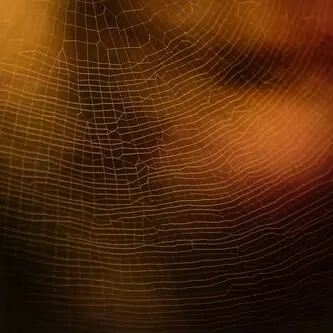
Spider Silk
It’s fitting that spider silk is the last one on the list, considering it’s sort of the baby of the group. The first spider silk entered the world during its launch in 2017.
We look forward to new developments, but we have to know what its makeup first. And no, it has nothing to do with actual spiders, don’t worry!
What It Is
Also called MicroSilk, this fabric comes from fermented yeast made into a vehicle for the DNA that allows spiders to make silk proteins.
How It’s Made
Yeast is genetically modified with spider DNA and ferments with sugar and water. After fermenting for a while, manufacturers spin the mixture at high speed for purification. Then, they mix the resulting powder with a solvent.
Just like with rayon, the mixture is extruded through a spinneret and formed into fibers to be woven.
The Pros
Spider silk is potentially biodegradable and allows the creation of a fabric with the properties of an animal product without actually using the animal.
The Cons
The keyword with this fabric is potentially. Because this fabric is so new, there isn’t much research regarding energy from manufacturing, biodegradability, or overall sustainability. It seems like a great option based on what it’s made of, but don’t know all the details yet.
Bottom Line
The answer to the question in the title is yes, you can have luxury silk products without cruelty. In fact, you have quite a wide array of vegan silk options to choose from.
As for our favorites, we can’t help but be partial to the natural plant silks. Of course, certain plants can have a slight edge over others when looking at labor fairness and water consumption, but on the whole, they avoid the nasty chemicals we associate with rayon.
That, combined with a broader base of knowledge that we just don’t have with spider silk, means natural plant silks are the more reliably sustainable choice all around.
